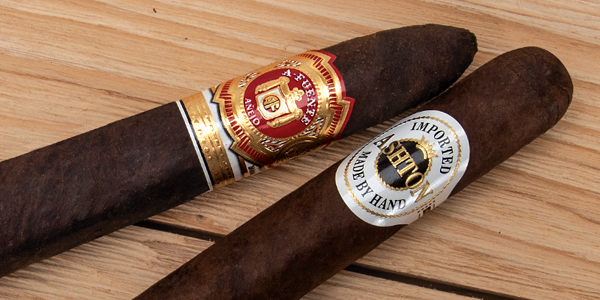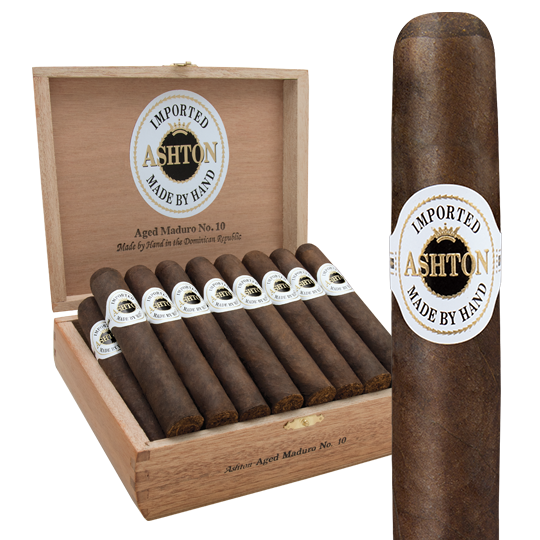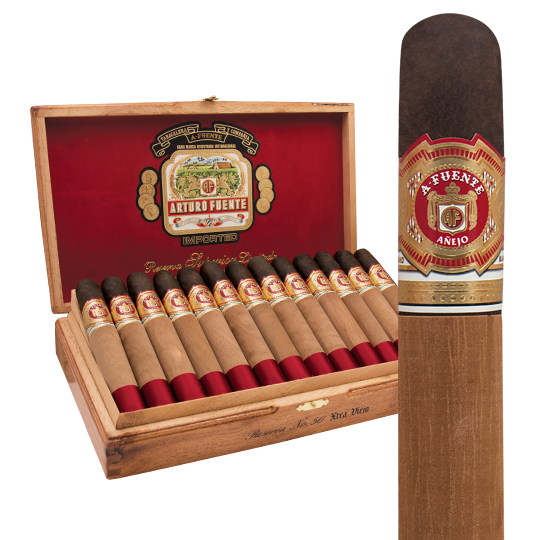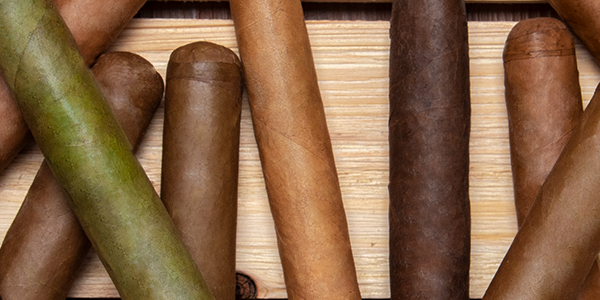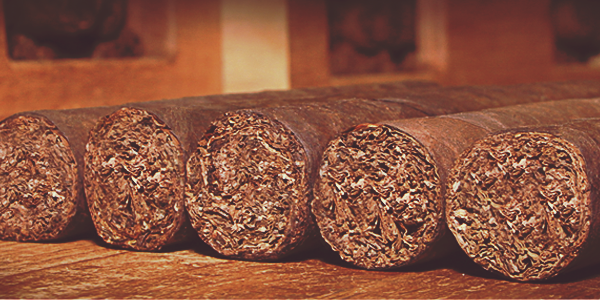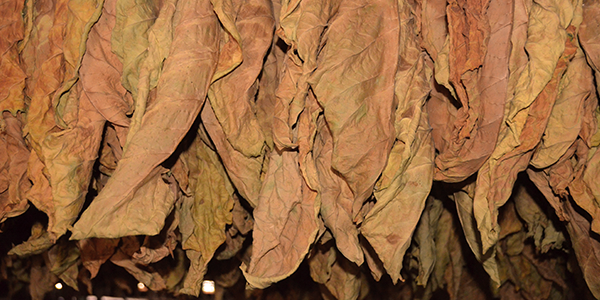All About Maduro Cigar Wrappers
Besides a cigar’s country of origin (i.e., the Dominican Republic, Nicaragua, Cuba, etc.), and size (i.e., Churchill, Robusto, Toro, etc.), the most immediate classification we can assign to a cigar has to do with its wrapper leaf. Natural and Maduro are the two broadest categories for wrapper leaves. Because Natural and Maduro are so general, each can refer to wrapper leaves grown in a number of different regions from a number of seed varietals.
Often the terms can be misapplied, and cigar lovers will express misconceptions about each. Technically, “Natural” wrappers account for the lion’s share of premium cigars today, but Natural can also simply refer to any cigar that is not a “Maduro.” To better illustrate the differences, we’re going to focus on Maduro cigars below.
What is a Maduro Cigar?
“Maduro” is Spanish for “mature” or “ripe.” Once upon a time, Maduro wrappers were harvested exclusively from the top of the tobacco plant – the area guaranteed to get dark due to its increased exposure to the sun. However, Maduro refers more so to a wrapper’s fermentation process than its location on the plant.
Maduro wrappers are created through a thorough, time-consuming process where heat and moisture are introduced naturally. Much patience and skill is required to ferment Maduro wrappers correctly. Heartier tobaccos are preferred because they fare much better throughout the process. The two most common wrapper varietals processed as Maduro are Connecticut Broadleaf and San Andrés Negro from Mexico’s renowned tobacco-growing region. Both variations are ideal for withstanding the excessive fermentation temperatures required to convert starches in the tobacco into sugars, which gives Maduro wrappers their dark and oily signature color. Maduros can range from dark brown to nearly jet black.
Unlike elegant and towering Connecticut Shade plants, which can peak at around 9 or 10 feet tall, Connecticut Broadleaf tends to max out around 3 feet or waist height. The less-pristine, tougher plant is typically stalk cut and delivers a toastier flavor.
The First Popular Maduro Cigars
Forty years ago, Maduro cigars didn’t exist. Manufacturers began experimenting with new and innovative methods for fermenting wrapper leaves to meet the growing sophistication of consumers’ tastes. Punch and Hoyo de Monterrey established early Maduro favorites. Macanudo and Arturo Fuente have produced the best-selling Maduros for decades.
Perfect Maduro Examples
Ashton Aged Maduro is an excellent 92-rated example of a Connecticut Broadleaf wrapper. The cigar is blended by legendary cigar-maker Carlito Fuente from a premium aged recipe of Dominican binder and filler tobaccos. Notes of molasses, dark chocolate, nougat, and caramel harbor a touch of spice.
A magnificent San Andrés cigar to consider is La Aroma de Cuba Mi Amor. Following its debut, the brand scored a 95-point rating and the ‘#2 Cigar of the Year’ title from Cigar Aficionado. The medium to full-bodied smoke teems with notes of cracked black pepper, espresso beans, and almonds that converge in a complex and sweet conclusion.
Albeit rarer, Arturo Fuente Anejo is often considered a pinnacle for Maduro-wrapped cigars. An oily Connecticut Broadleaf wrapper encapsulates a precious blend of binder and filler tobaccos reserved for the legendary Fuente Fuente Opus X. The Broadleaf selected for Arturo Fuente Anejo, however, is aged in vintage cognac barrels which impart an entirely original and rich sweetness.
Maduro Misconceptions
One of the biggest misconceptions surrounding Maduro cigars is strength. Many assume because a cigar is dark in color, it must be strong. That is false. While a wrapper’s appearance and texture can be an indication of a number of factors, drawing a conclusion about a cigar’s strength is not appropriate based on its color. Newer cigar smokers in particular tend to shy away from darker cigars due to this misperception. In fact, the reverse is sometimes true.
Because Maduro wrappers are naturally sweeter, they can often take the edge off of a blend that exhibits a strong profile in a Natural wrapper. Years ago, boutique cigar-maker Litto Gomez introduced a Maduro version of his popular and ultra-intense La Flor Dominicana Double Ligero blend. Swapping out the original, spicy Sun Grown Ecuador wrapper with an oily Maduro added a new dimension of sweetness and tamed the finish.
To illustrate the differences between Natural and Maduro best, smoke a brand you like in both wrappers in close proximity to one another. Ashton Classic and Ashton Aged Maduro present a great taste test for Connecticut wrappers. The best Maduro cigars pair marvelously with a glass of bourbon, a rum, or a cognac after dinner.

